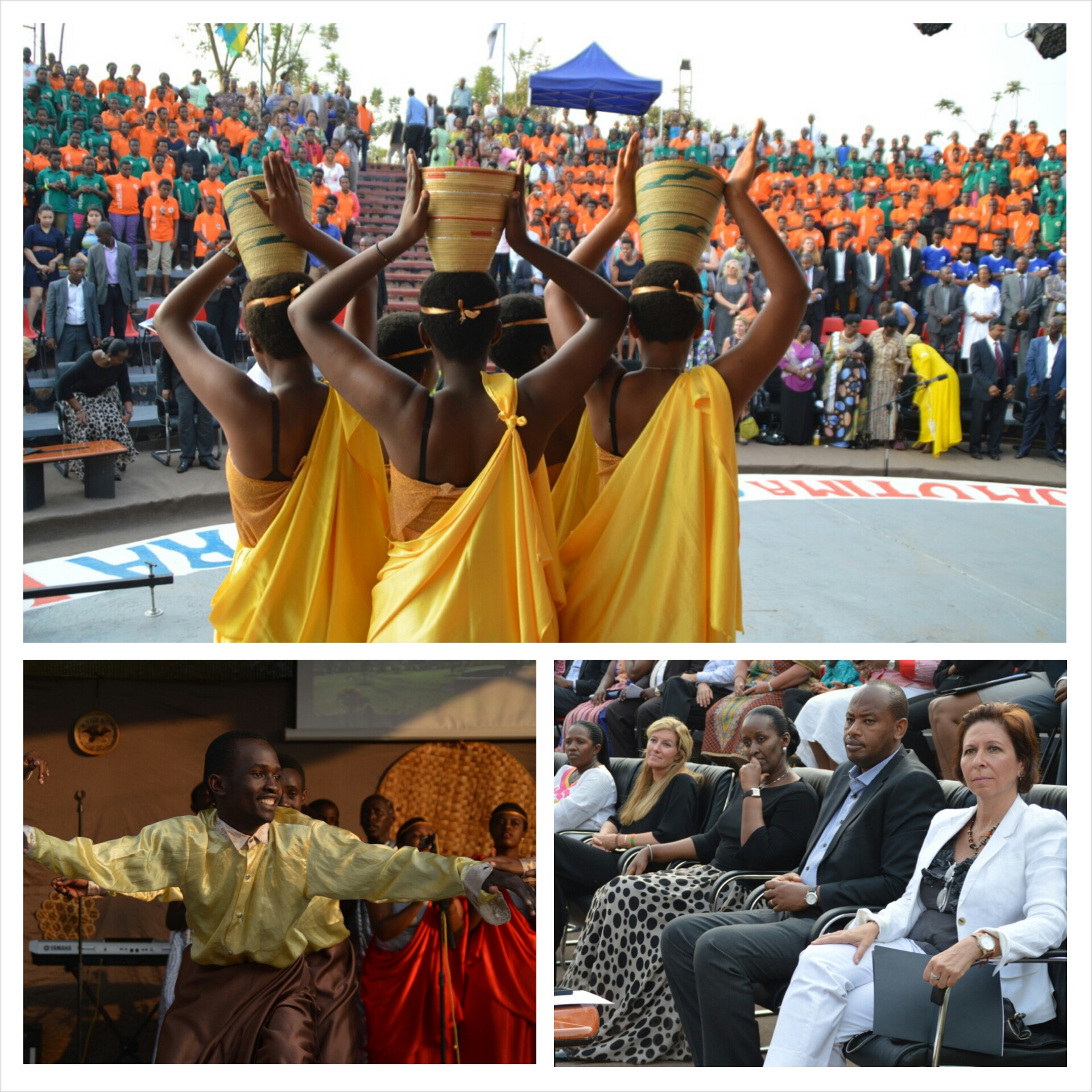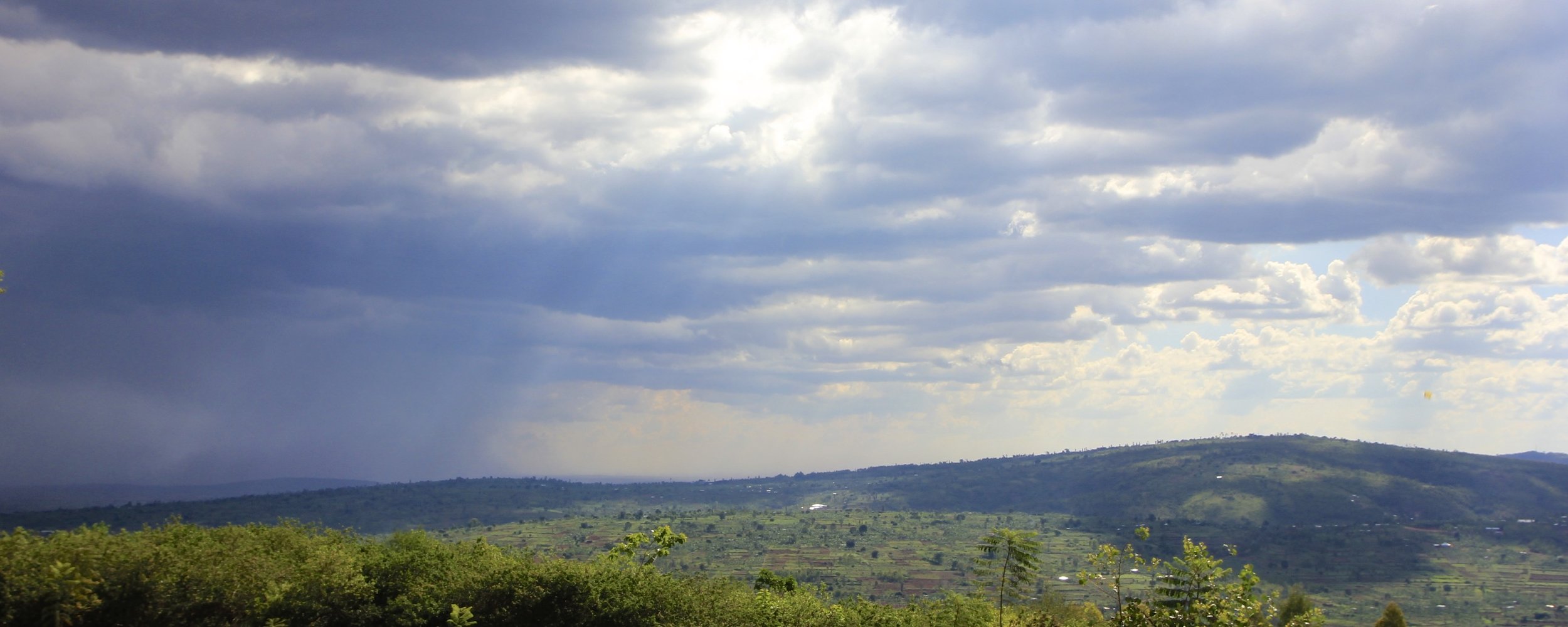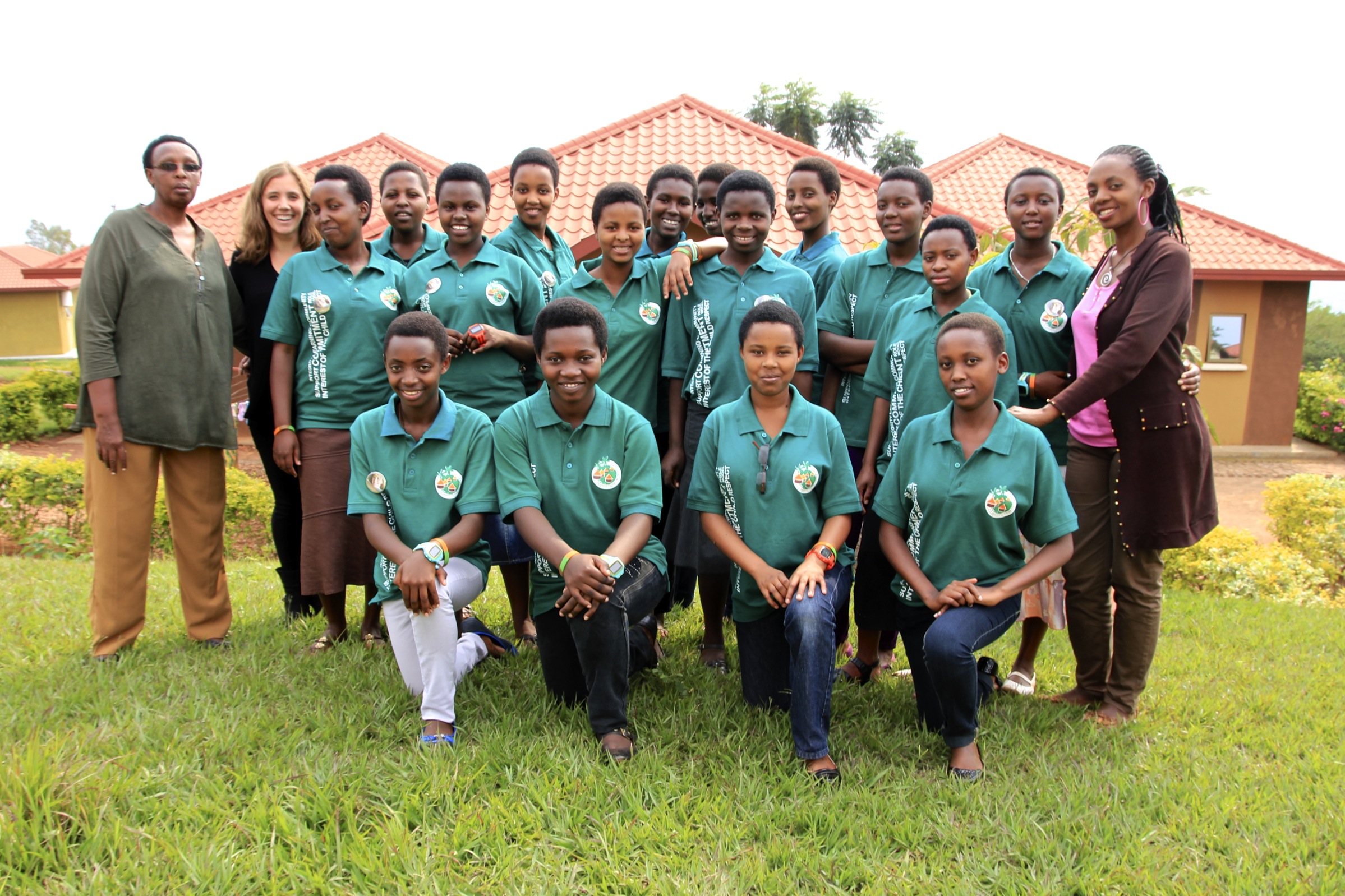This past year I spent my time at the Agahozo-Shalom Youth Village in Rwanda as a 2014 Fellow. You may wonder what it exactly means to be a fellow. For many, this idea of volunteering in "Africa" is an escape from the “real world.” Some may even think that I took a year off. Wrong. Having worked since I was 16 years old, I can say with confidence that this has been the most challenging and most important line of work that I have done. No, I did not perform open-heart surgery, but I did work with 500 orphaned and vulnerable teens from the ages of 15-22 years. Stress, emotional trauma, financial constraints, death, power outages, water cuts, disease, and cultural differences are but a few challenges that I have encountered this past year. As I begin to think about the next phase of my life, I realize that I have experienced it all within one year at ASYV. This hasn’t been a year off, rather, as one fellow traveler put it, it has been my “year on.” For the past eleven months, I have done everything from making beds before the new students arrived to greeting the Prime Minister of Norway for the ceremonial opening of the solar field, the first in East Africa, located on ASYV property. Not only did the scope of work vary, but also the intensity of it ranged from chaotic to quiet. I loved every minute it.
As I write this now, I cannot believe that I no longer reside at ASYV. As soon as I left those gates, the whole year is now a collection of memories, experiences, new friendships and family. The ASYV graduates always say that one can never leave Agahozo-Shalom, but Agahozo-Shalom lives within you. They were right. I may be getting on a plane in a few minutes, but I have gained a new home, and more importantly, new family members.
Here is a list of the top 25 most memorable moments as an Agahozo-Shalom Youth Village Fellow:
1. Spending Christmas in Gisenyi. Before the new students arrived, we went to Gisenyi on Lake Kivu for a few days to relax and spend the holiday.
2. Meeting the new students for the first time and becoming part of the Aloysie Inyumba family. Aloysie Inyumba (1962-2012) was the Minister for Gender and Family Promotion up until her death. She was best known for her hard work as an RPF leader during the Genocide Against the Tutsi and her commitment to rebuilding Rwanda.
3. Celebrating the New Year at the Agahozo-Shalom Youth Village (ASYV) with 128 new kids.
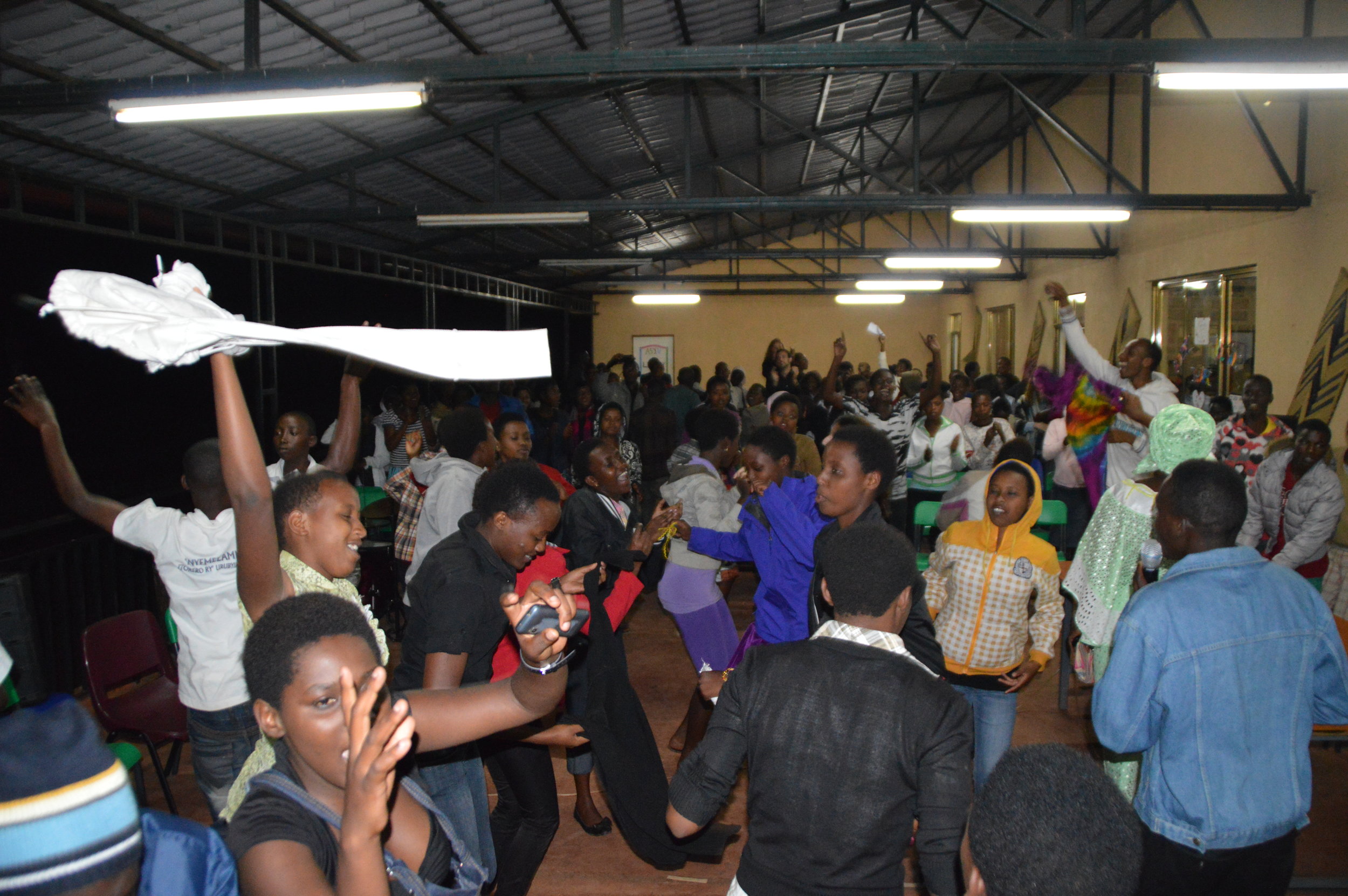 4. Being told, “When I see you, I love you” from one of the girls in my family.
4. Being told, “When I see you, I love you” from one of the girls in my family.
5. Discovering $.30 pineapples and $.04 avocados at the local market in Rubona, a short walk from Agahozo-Shalom.

6. Watching the 2nd graduation ceremony for the Class of 2013. As of 2014, ASYV has 240 graduates.
9. Visiting my girls in their actual homes outside ASYV. ASYV staff visit the students during vacation periods to check on them and understand more about their backgrounds.
10. Commemorating 20 Years after the Genocide Against the Tutsi with Agahozo-Shalom students who were born during the Genocide.
11. Hosting the African Development Bank’s First Ladies and Spouses Event at ASYV.
12. Meeting the Prime Minister of Norway, Erna Solberg, at the opening ceremony of the first solar plant in East Africa on ASYV leased property.
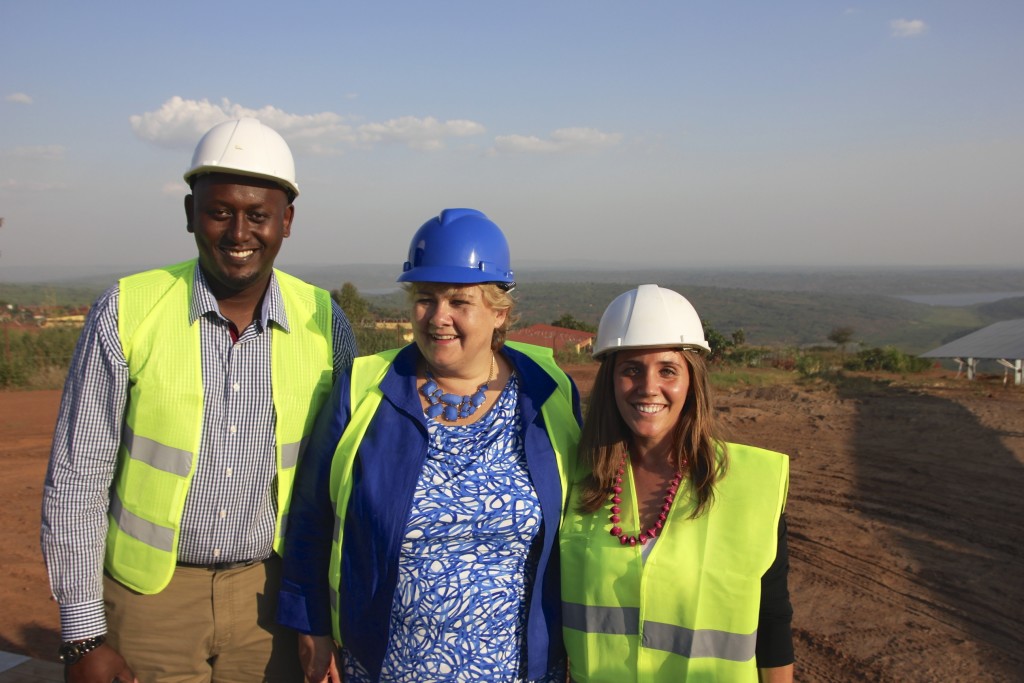
13. Working on the first ASYV fundraising event in Rwanda, Stand & Be Counted Rwanda, which raised almost $100,000. Unfortunately, I didn't make it to the actual event due to an illness in the family!
14. Building my first home out of mud and water for a vulnerable family with the ASYV students through the Tikkun Olam program, Hebrew for “repairing the world.” All students learn the importance of Tikkun Olam and work on various community projects during their time at ASYV (and hopefully after).
15. Attending Village Time, a weekly talent show held every Friday in the Village led by the students.
16. Being a part of the Staff Village Time and debuting in my first parody music video from the Rwandan Urban Boyz' song "Marry Me."
http://www.youtube.com/watch?v=h54rw786SaY
17. Driving through the countryside and seeing this beautiful place, Agahozo-Shalom, set in the rolling hills of Rwanda.
18. Having a picnic with the new grade and going on a boat ride with my family, some of whom it was their first time.
19. Receiving poems and drawings from the kids and I cherish them more than anything else.
20. Exploring Rwanda and trekking to see the endangered mountain gorillas…AGAIN!





